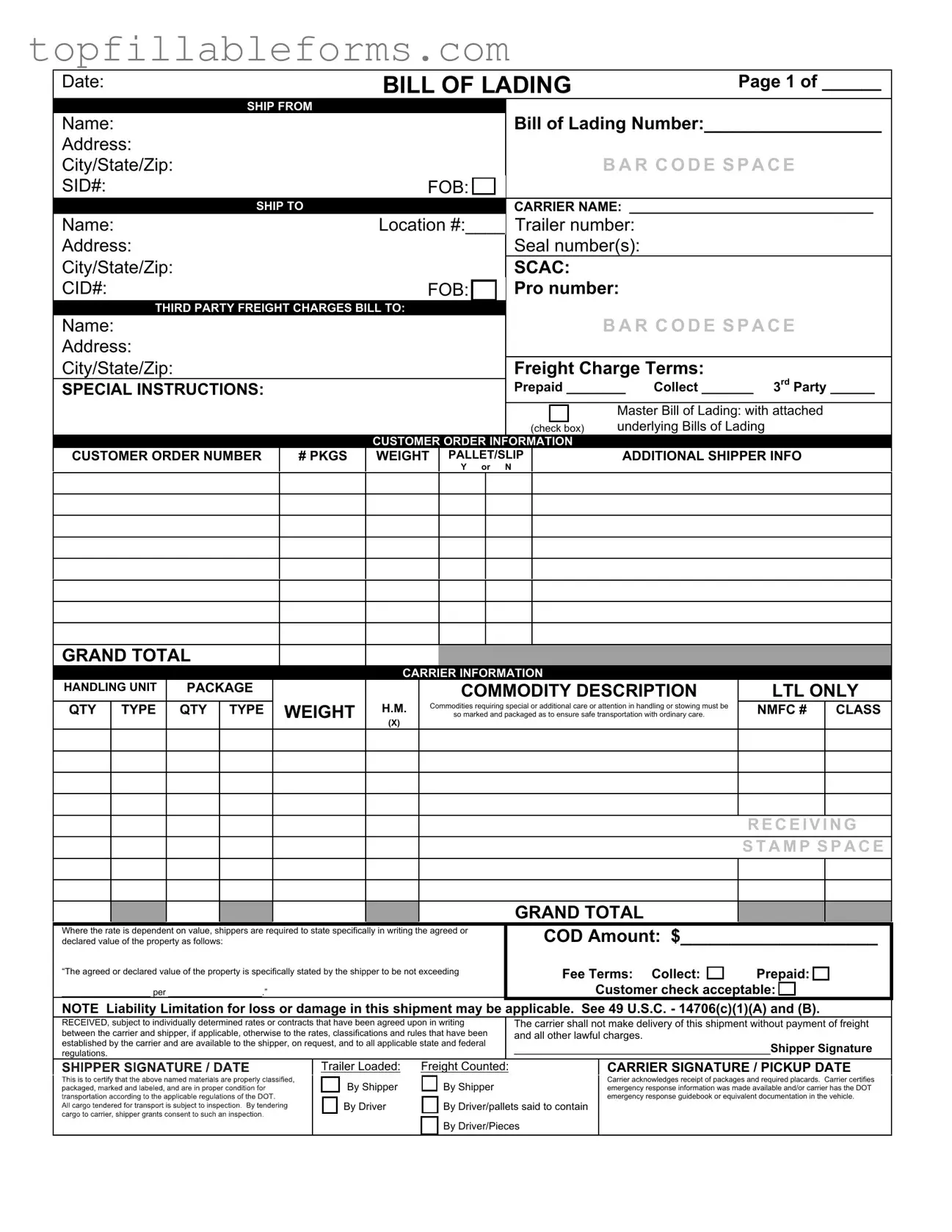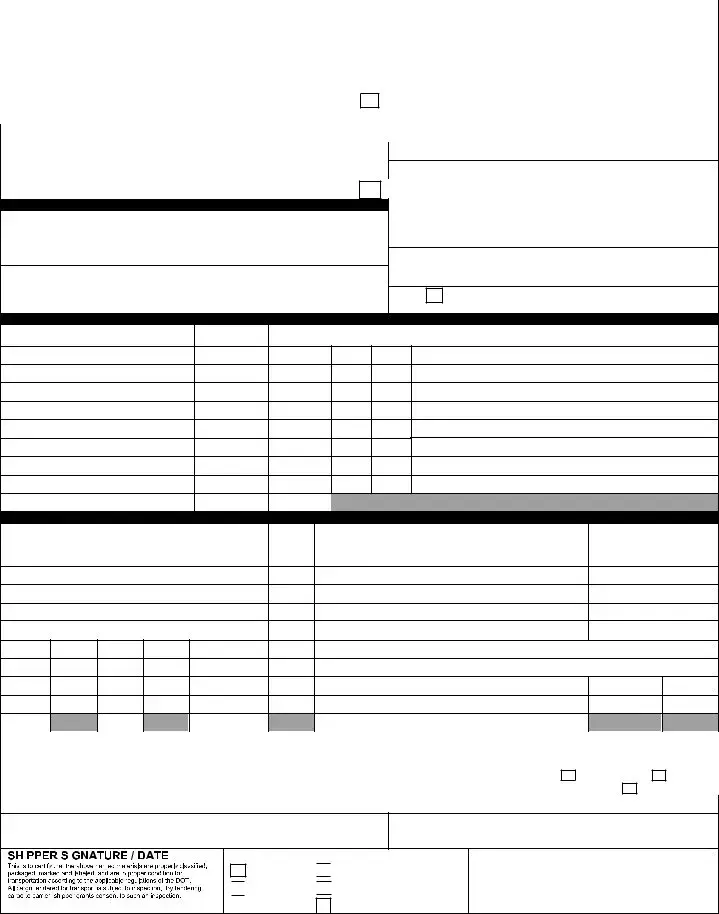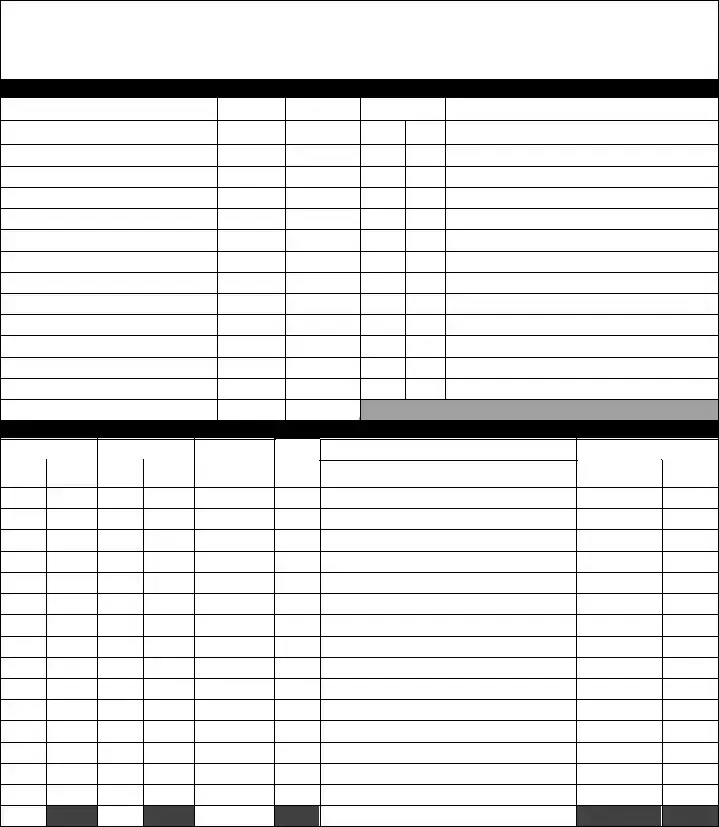Printable Bill of Lading with a Supplement Form in PDF
The Bill of Lading with a Supplement form is a crucial document in the shipping industry, serving as a contract between the shipper and the carrier. This form outlines the details of the cargo being transported and includes additional provisions that may be necessary for specific shipments. Understanding its components and purpose can help ensure smooth logistics and compliance throughout the shipping process.
Open Bill of Lading with a Supplement Editor Here


 to certify that the above named materials are properly classified, packaged, marked and labeled, and are in
to certify that the above named materials are properly classified, packaged, marked and labeled, and are in proper condition for transportation according to the applicable regulations of the DOT.
proper condition for transportation according to the applicable regulations of the DOT.
 By Shipper
By Shipper
 By Driver
By Driver 
 By Driver/pallets said to contain
By Driver/pallets said to contain